Recent Posts
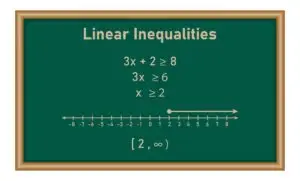
A Guide to Inequalities
Unlike equations, which state that two quantities are equal, inequalities show that quantities are not necessarily equal but have a relationship defined by being greater than, less than, or possibly equal.
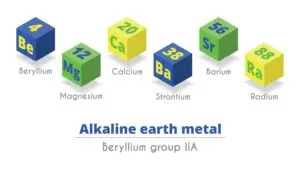
Alkaline Earth Metals
Alkaline Earth Metals are a group of elements located in Group 2 of the Periodic Table and include beryllium (Be), magnesium (Mg), calcium (Ca), strontium (Sr), barium (Ba), and radium (Ra).
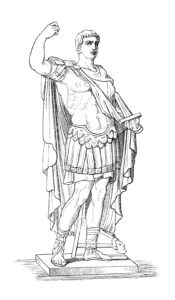
Augustus Caesar
Augustus Caesar, born Gaius Octavius Thurinus in 63 BC, became Rome’s first emperor and the founder of the Roman Empire. Adopted by his great-uncle Julius Caesar, Augustus rose to power after Caesar’s assassination in 44 BC.

Break It Down
Large chunks of information can be overwhelming. Break the information into smaller, manageable sections or topics. Focus on mastering one section before moving on to the next. This approach can make studying feel less daunting and more achievable.

Covalent Bonds
Covalent bonds are chemical bonds where two atoms share one or more pairs of valence electrons to achieve stability and complete their outer electron shells.

Create a Study Schedule
A study schedule helps you allocate your time efficiently. It prevents procrastination, ensures you cover all necessary topics, and reduces the last-minute cramming that can lead to stress and poor retention.

Exploration of String Theory
String Theory is a theoretical framework in physics that posits the fundamental constituents of the universe are not point-like particles but one-dimensional “strings” that vibrate at different frequencies. These vibrations determine the properties of elementary particles.

Exploring Antiferromagnetism
Antiferromagnetism is a magnetic phenomenon in which adjacent atoms or ions in a material align their magnetic moments in opposite directions, leading to a cancellation of overall magnetization.

Find Your Ideal Study Environment
Identify the environment in which you are most productive. Some people thrive in complete silence, while others need background music or ambient noise. Experiment to discover what works best for you and create a dedicated study space that minimizes distractions.

George Washington
George Washington, the first President of the United States, played a pivotal role in shaping the nation’s early political landscape. Born in Virginia in 1732, he emerged as a key leader during the American Revolutionary War, leading the Continental Army to victory over British forces.
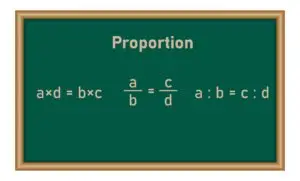
Mastering Cross Multiplication
Cross multiplication is a mathematical technique used to solve equations involving two ratios or fractions set equal to each other, known as proportions.

Napoleon Bonaparte
Napoleon Bonaparte was a pivotal figure in European history, rising from modest origins in Corsica to become the Emperor of France. His ascent to power was marked by his military genius during the French Revolution and subsequent European campaigns.
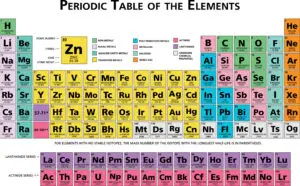
Periodic Table
he Periodic Table is a comprehensive chart that systematically organizes all known chemical elements based on their atomic structure and properties.
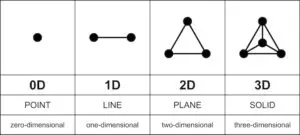
Points, Lines, & Planes
Points, lines, and planes are the fundamental elements of geometry, each representing essential concepts in the study of space and form.

Population vs. Sample
A population is a study’s entire set of subjects of interest, characterized by fixed parameters. At the same time, a sample is a subset of this population, chosen to represent it and described by variable statistics.

Set SMART Goals
Setting Specific, Measurable, Achievable, Relevant, and Time-bound (SMART) goals can give your studying purpose and direction. Define what you want to achieve in each study session, and use these goals to measure your progress.

Stay Motivated
Staying motivated while studying can be a challenge, especially when faced with complex or repetitive material. Here are a few effective strategies you can use to maintain motivation and boost your productivity

Study Regularly
Studying regularly is essential for academic success and lifelong learning. Establishing a consistent study routine can be challenging, but with effective strategies and motivation, it becomes more manageable.

Study Tips and Tricks for Academic Excellence
Studying efficiently and effectively is the key to academic success. Whether you’re a high school student preparing for exams, a college student tackling a heavy workload, or someone looking to acquire new skills, the right study strategies can make a significant difference in your learning journey

Take Effective Notes
Effective note-taking is a crucial skill. Whether you prefer handwritten notes or digital ones, ensure that your notes are organized, concise, and relevant. Highlight key points, make use of bullet points, and create clear headings to make your notes easier to review later.

The American Revolution Study Guide
The American Revolution was a pivotal conflict from 1775 to 1783 in which the Thirteen American Colonies fought to gain independence from British rule.
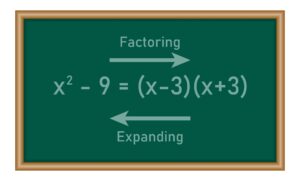
The Art of Factoring
Factoring in algebra involves breaking down algebraic expressions into simpler, multiplicative components or factors. This process is crucial for solving quadratic equations, simplifying expressions, and finding the roots of polynomials.

The Doppler Effect
The Doppler Effect is a phenomenon observed when there is a change in the frequency and wavelength of waves (such as sound, light, or radio waves) as the source and the observer move relative to each other.

The Italian Wars (1494–1559)
The Italian Wars, spanning from 1494 to 1559, were protracted conflicts involving major European powers, including France, Spain, the Holy Roman Empire, and various Italian city-states, over control of the Italian Peninsula.
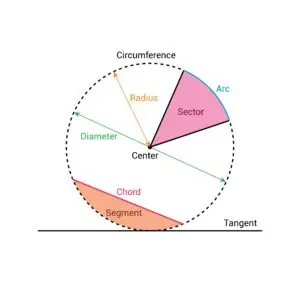
The Parts of a Circle
A circle is defined by several distinct parts, each integral to its geometry. Key elements include the radius, the line segment from the center to the circumference; the diameter, which is twice the radius and spans the circle through its center.

Trail of Tears
The Trail of Tears refers to the forced relocation of several Native American tribes, including the Cherokee, Chickasaw, Choctaw, Creek, and Seminole, from their ancestral lands in the southeastern United States to designated “Indian Territory” west of the Mississippi River during the 1830s.

Types of Data in Statistics
Data in statistics is categorized into qualitative (categorical) and quantitative (numerical) types. Qualitative data, further divided into nominal (no inherent order) and ordinal (ranked but not evenly spaced), represents categories or characteristics.
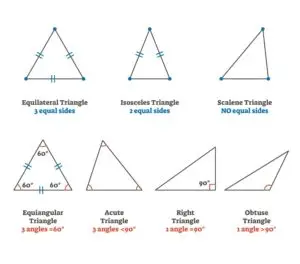
Types of Triangles
Triangles can be classified based on their sides and angles. By sides there are three types: equilateral (all sides equal), isosceles (at least two sides equal), and scalene (no sides equal).
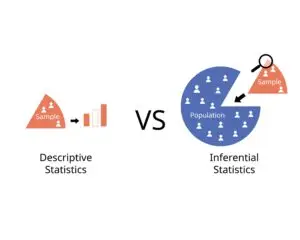
Understanding Descriptive and Inferential Statistics
Descriptive statistics involves summarizing and organizing data to describe its basic features, using tools like mean, median, mode, variance, and standard deviation, along with graphical representations like charts and histograms.

Utilize Active Learning Techniques
Active learning is a dynamic and engaging approach to education that encourages you to take a more proactive role in your learning journey. Rather than passively absorbing information, active learning techniques involve activities that promote critical thinking, problem-solving, and participation. Active learning techniques can make your studying more engaging and

World War I
World War I, also known as the Great War, occurred from 1914 to 1918 and involved many of the world’s major powers, divided into two opposing alliances: the Allies and the Central Powers.

World War II
World War II, from 1939 to 1945, was the largest and deadliest conflict in history, involving over 30 countries and resulting in significant global changes.

Zimmermann Telegram
In January 1917, Germany sent a secret message to Mexico known as the Zimmermann Telegram. This message suggested that if the United States joined World War I against Germany, Mexico should ally with Germany.